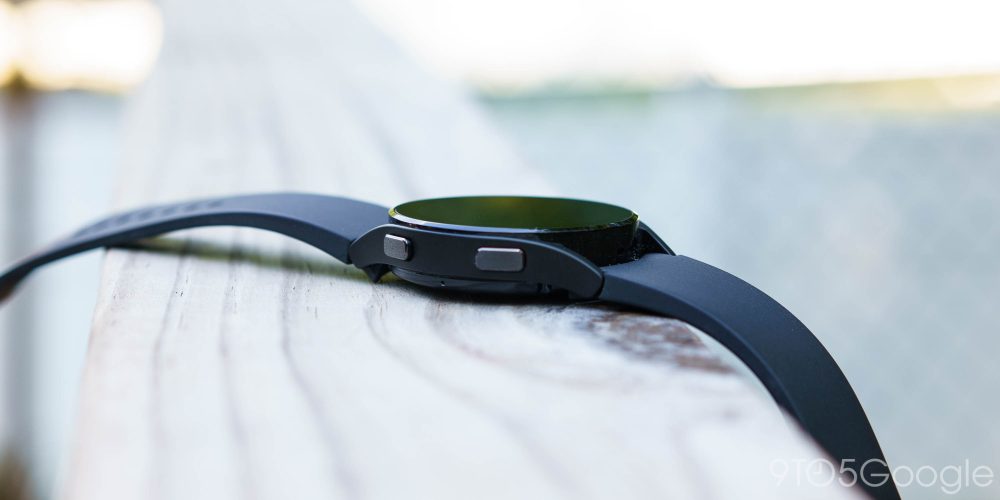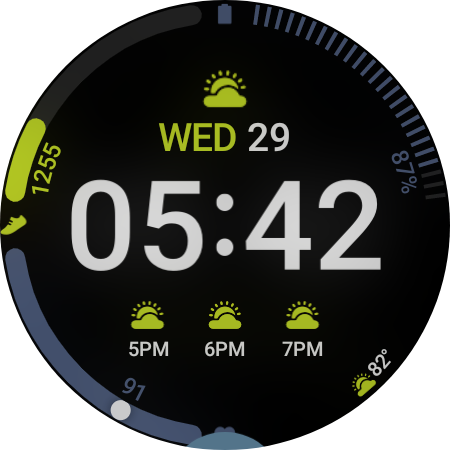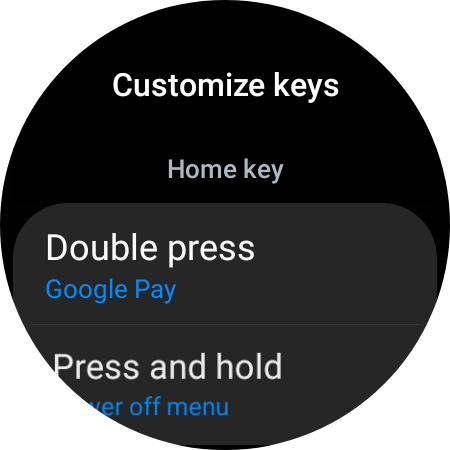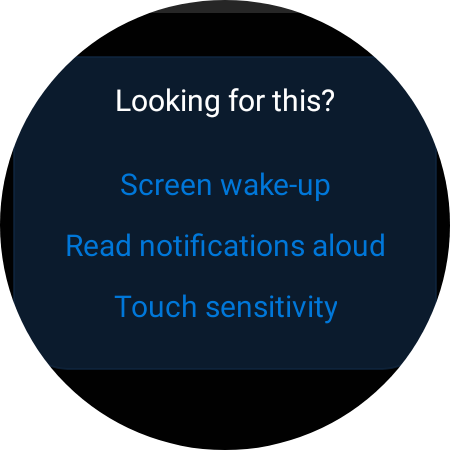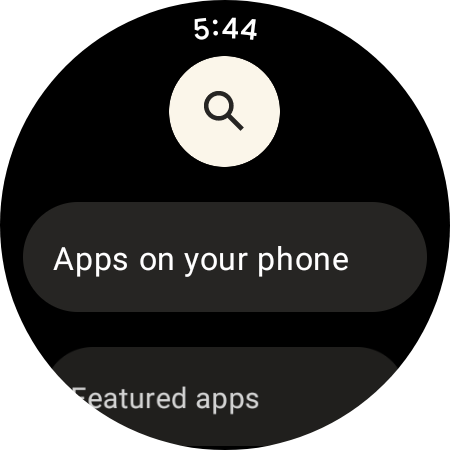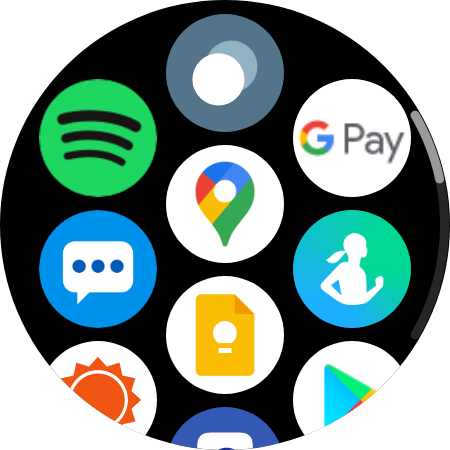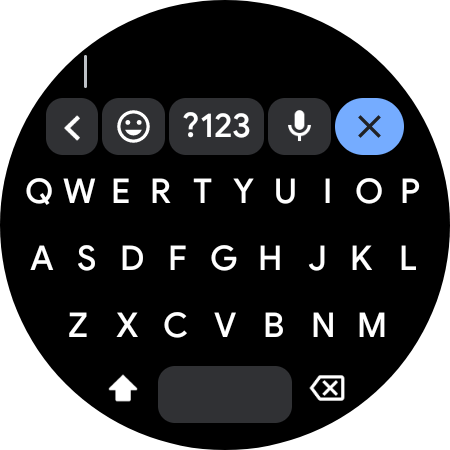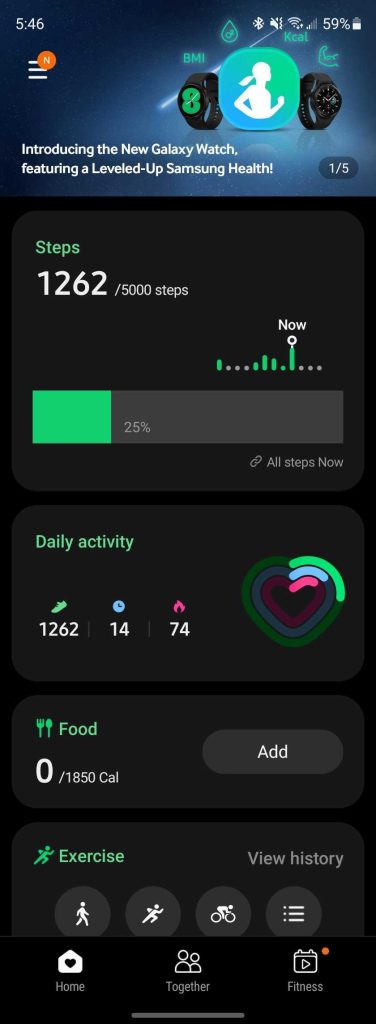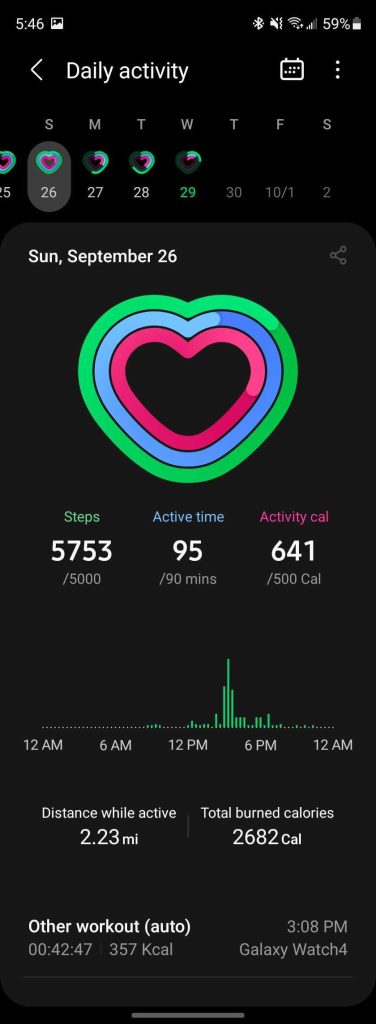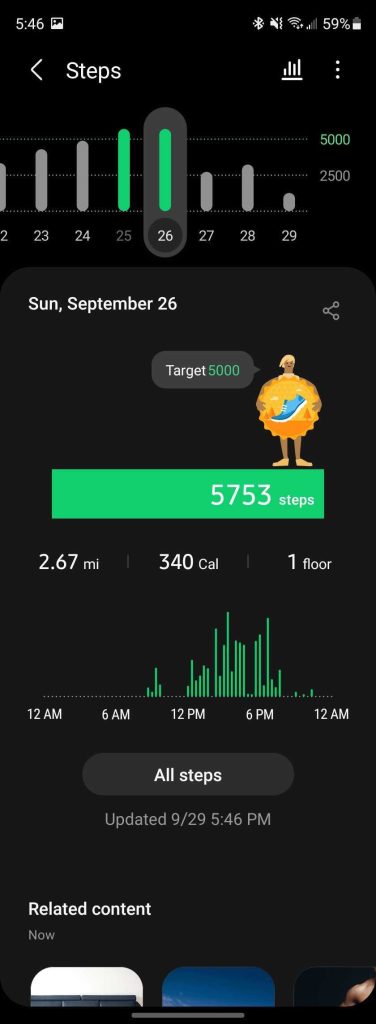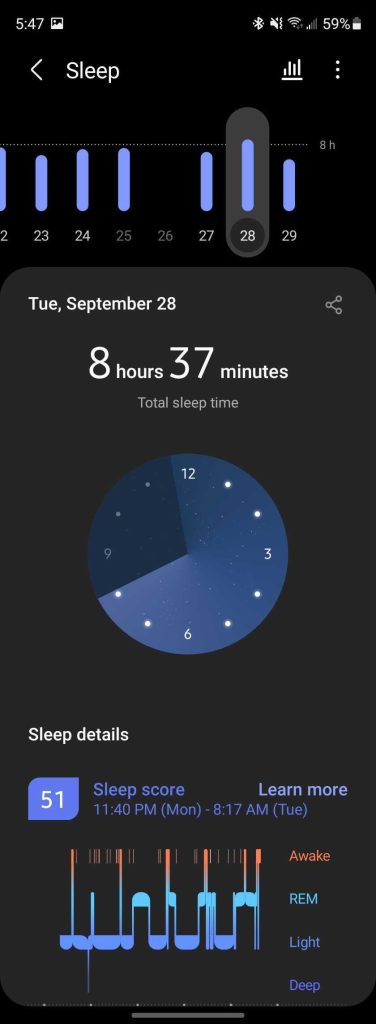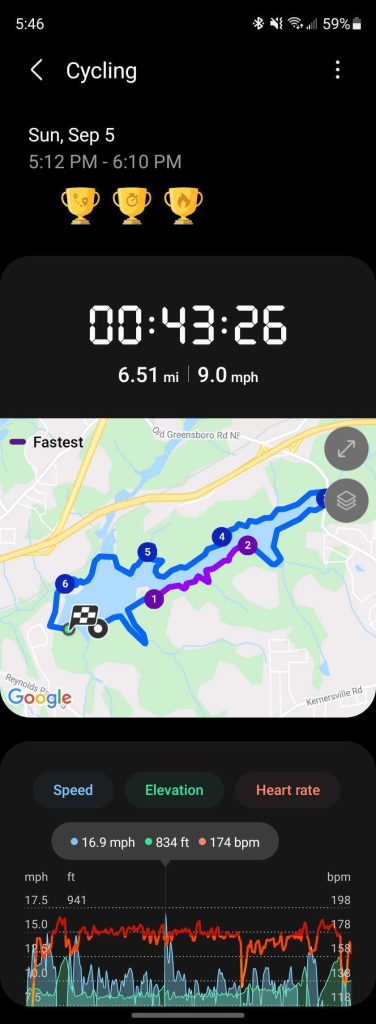
For years now, the smartwatch market has not been kind to Android users. The Apple Watch only works with iPhones. Fitness watches are usually great for health but not-so-great at being a smartwatch. And as for Google’s Wear OS, it’s been stagnant for years. Samsung’s Tizen platform and Galaxy Watch lineup were the only saving grace, but even that had its own complications if you weren’t using it alongside a Galaxy smartphone. Now, Samsung has moved from Tizen to Google’s revamped Wear OS 3 with the Galaxy Watch 4, and we’re finally getting somewhere.
Hardware
The hardware of the new Galaxy Watch 4 series is pretty standard for a high-end smartwatch, and that’s not a bad thing. Samsung has developed a tried and true design in its Galaxy Watch 4 Classic, with its circular design and rotating bezel around the display. Meanwhile, the standard Galaxy Watch 4 has a sleek and sporty design with its flat metal chassis and slim lugs for the band connection.
With the standard Galaxy Watch 4, there’s no question you’re buying something that looks like a smartwatch. The flat display, two buttons, and just the overall aesthetic scream smartwatch. Personally, that’s a look I can appreciate, and it’s the one I invested my own money into.

Meanwhile, the Galaxy Watch 4 Classic does a better job of blending in as a traditional timepiece. The wider chassis makes room for the rotating bezel. It has a knurled texture and satisfying “click” on each turn and twist. On the inside of that bezel are markers for the hours/minutes you’d see on a traditional analog watch, which adds to that look.
Completing that look would be the always-on display. Samsung turns this off by default, but it’s easy to enable. The feature works well with Samsung’s various watch faces and the many you can now download through the Google Play Store. Notably, it seems to support full color in always-on mode, which is something we don’t often see.
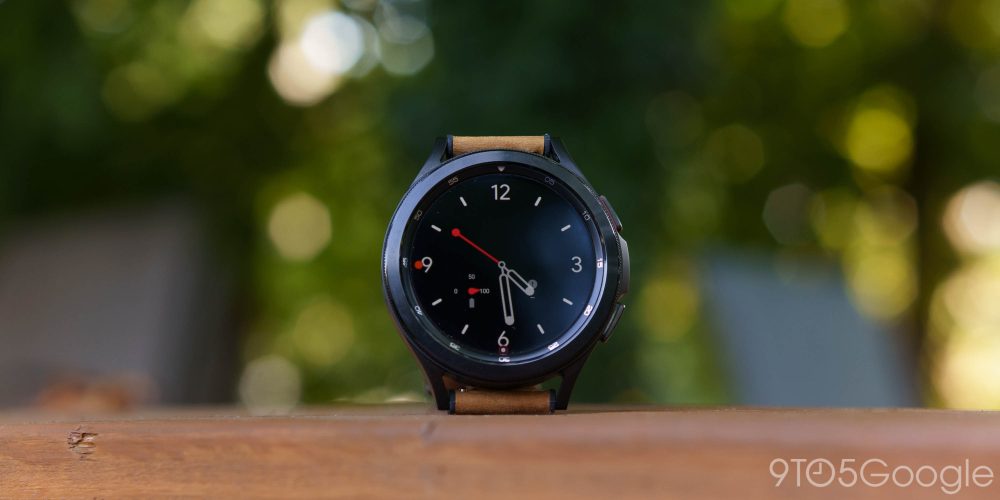
The display itself is of very good quality, with a small AMOLED panel stuffed into the circular body. The display has enough range to not blind you late at night, but enough brightness to be easily readable in all but direct sunlight. The bezels, too, aren’t overly large. I’ve actually come to value the bezel – even on the standard Watch 4 – since it’s responsive to touch for sliding through content on the display acts as a “virtual” rotating bezel. Even a month and a half later, though, it’s still not quite muscle memory. That’s what makes the Galaxy Watch 4 Classic a better overall experience in terms of sheer fluidity.
Sitting on the wrist, the Galaxy Watch 4 and Watch 4 Classic fit comfortably on my mid-size wrists. The 44mm Galaxy Watch 4 ended up being the sweet spot in terms of size for me, but I think the range Samsung has settled on means there’s a good option for just about anyone. My wife, for instance, found the 40mm Galaxy Watch 4 to be a good fit.
Rounding out the hardware for me would be the haptics and speaker, which are fairly good here. The vibrations don’t quite match the levels of the Apple Watch – or even the best haptic motors in Android phones – but the tight vibrations feel considerably better than almost every other smartwatch I’ve tested in recent memory. The only thing that comes close in quality would be the Fitbit Versa 3, but that one feels a bit more hollow compared to Samsung’s.
Subscribe to 9to5Google on YouTube for more videos
Samsung has pulled on an impressive feat on the speaker side of things as the speaker is loud and crisp to my ears. Of course, this comes with the caveat that the speaker really can’t be used for much. I’ve been able to trigger music playback once or twice, but YouTube Music and Spotify both default to using Bluetooth audio sources. The speaker is more useful for notification tones, but the default option is shrill and unpleasant, so I stuck almost exclusively to the haptics.
One thing I wasn’t a fan of on the Galaxy Watch 4’s hardware was the choice of included bands. The rubber sports-style band that ships on the standard Galaxy Watch 4 is definitely comfortable, and seems to hold up relatively well, but it’s a little thick for my liking. Meanwhile, the rubber strap that ships on the Galaxy Watch 4 Classic is considerably worse. It’s thick enough to be uncomfortable and it’s slightly too grippy for my liking. I quickly swapped out the band on the Classic with a different leather strap, but ended up sticking with the band on the standard Watch 4.
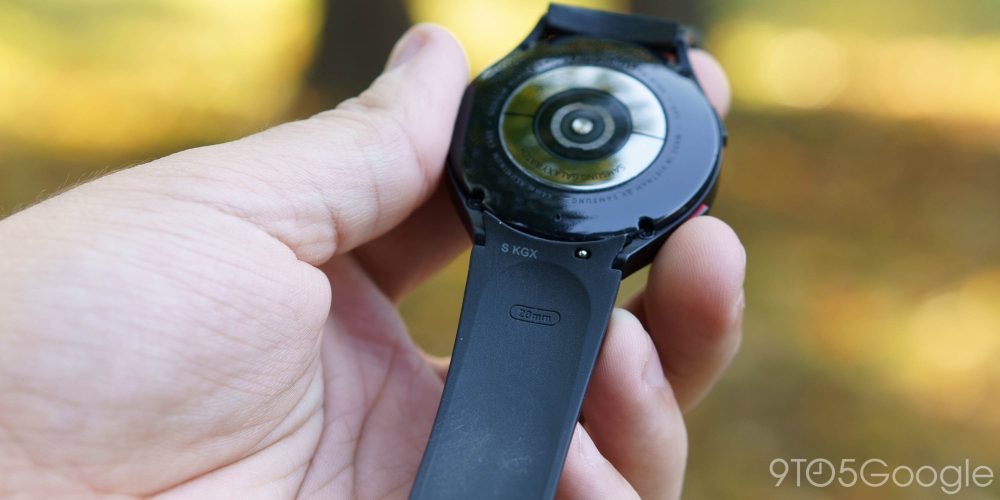
What makes this situation a little worse is the mounting mechanism. While competitors such as Apple and Fitbit continue to use proprietary band connectors, I applaud Samsung for sticking with a traditional quick-release pin. That said, the switch to a 20mm size across all models means that bands from older Galaxy Watch models may not fit. I have quite a few 22mm bands that I can’t easily replace with 20mm counterparts, so with this change, I can’t use them on my new watch. A shame, yes, but definitely not a deal-breaker.
Software
The big story around the Galaxy Watch 4 isn’t its hardware or its fitness chops, but rather the software that makes it tick. After several generations running its Tizen platform, Samsung has switched to Wear OS and built up a reboot of the platform with Google’s help. It’s a big deal for everyone involved, but on Samsung’s hardware the look of Wear OS 3 is different.
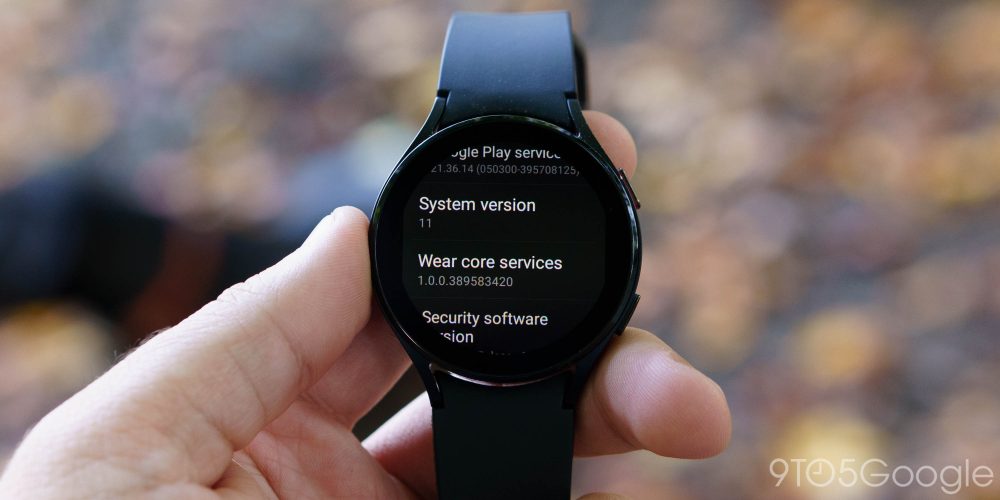
“One UI Watch” is a skin on top of Wear OS 3 that is very reminiscent of two things. First and foremost, of the Tizen operating system that ran on the company’s older smartwatches. If you handed someone one of these new devices, they wouldn’t know it was running Wear OS if it weren’t for the Play Store’s presence.
Does that matter? It depends on what you care about. If you were hoping that Samsung’s adoption of Wear OS meant that the smartwatch would be taken over by Google services, you’re in for a rude awakening. Google’s software entirely fades into the background on the One UI Watch skin, with only the Play Store and Google Maps being pre-installed. Everything else is powered by Samsung, for better or for worse. There are places where Samsung’s takeover makes a lot of sense, health and fitness, for example. In others, I wish Samsung didn’t stifle what the user wants to do. Google Pay, for instance, can be used but can’t get a useful hardware shortcut as Samsung Pay is hardcoded into that option, with no workaround.
One UI Watch also carries over some benefits from Samsung’s smartphone skin that I can really get behind on a smartwatch. There is virtually no perfect way to handle a settings menu on a smartwatch, but Samsung makes a strong case for its “Looking for This?” section at the bottom of each menu page to ease finding common settings. The deeper integration of Wear OS with Android also pushes One UI Watch to talk even better to One UI on Samsung phones. It comes down to little things, such as syncing Bedtime Mode between your phone and your watch.
What’s unfortunate, though, is that Samsung’s take on Wear OS depends heavily on your smartphone preferences. If you’re using a Samsung smartphone, you’ll feel right at home on this smartwatch. If not, you’ll likely feel frustrated from time to time because the experience is clearly shoehorned in for other Android phones.
Google and Samsung partnered to build Wear OS 3 using their respective skills, but early impressions made it pretty clear Samsung was the one really benefiting most in the short term. But a few weeks in, I’ve come to another conclusion. The real winner is the buyer.
How so? Wear OS brings a strength to Samsung’s watches that Tizen could never deliver; choice.
By way of the expanded app catalog on Wear OS, Samsung smartwatch owners have flexibility that was nothing more than a dream when these products ran Tizen. Tired of T9 keyboard input? Slap Gboard onto your wrist. Samsung’s voice-to-text not cutting it? Switch it to Google’s and give that a shot. Want to stream your favorite music? Samsung, Spotify, and YouTube Music apps are all available. Want a new watch face? Just hop into the Play Store even on the watch and find thousands upon thousands of well-done options that actually work with your watch’s features. You can even go as far as using Google Fit and Samsung Health side-by-side if you want, and Google Assistant is even coming to offer an alternative to Bixby. The point is, you get to pick how you use your watch instead of getting stuck into using it exactly the way Samsung tells you to.
Samsung’s Tizen platform had some software annoyances and Google’s Wear OS had some long-standing bugs and issues, so it should come as no surprise that pushing the two together has resulted in a lot of those bugs sticking around.
In my experience using three different Galaxy Watch 4 units over the past month, I’ve had a fair share of software glitches. Some are pretty minor. For example, the Google Maps app on my first two units wouldn’t lock on to GPS. On those two units, too, Google Pay was troublesome. Both of these issues seem to be fixed with retail units and updates.
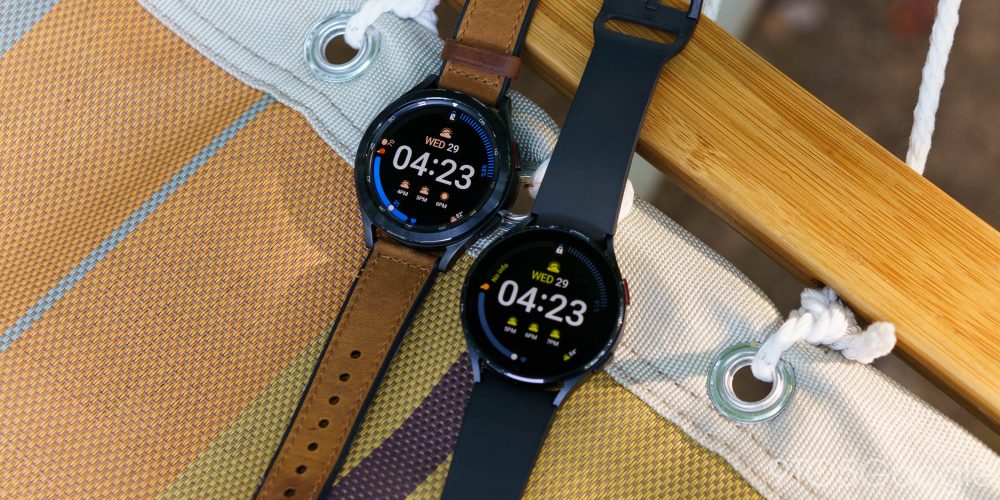
A related, more frustrating issue I also had with the Galaxy Watch 4 Classic was with Samsung Health and other apps that toss data between the phone and watch. While some apps functioned just fine, Samsung Health wouldn’t sync any of my data from the watch, which means my workouts, step tracking, and other data were left in limbo and lost entirely when I inevitably decided to just reset the watch. The other units I’ve tested haven’t run into the same problem.
On my personally purchased retail unit of the Galaxy Watch 4, I ran into some weird notifications issues. Even though notifications are syncing and vibrating on the watch, they aren’t showing up in the notification history consistently. On multiple occasions, I’ve opened the notifications section of the watch to see it empty, even though there are several notifications on my connected Galaxy Z Fold 3. Why? Beats me, but messing with various notification settings doesn’t seem to help. It can usually be fixed with a reboot or two, but the issue keeps coming back. It’s resulted in a reboot becoming a part of my daily routine.
These few quirks aren’t the only problems the new Wear OS has on the Galaxy Watch 4, but they provide good insight into what to expect. I’ve yet to face a single bug that truly breaks the experience or usefulness for me, but all of these are frustrating.
Fitness
Perhaps the biggest problem that Samsung solves for Wear OS is fitness. While Google Fit handles the basics fairly well, it’s an incredibly limited app — it can’t even track sleep!
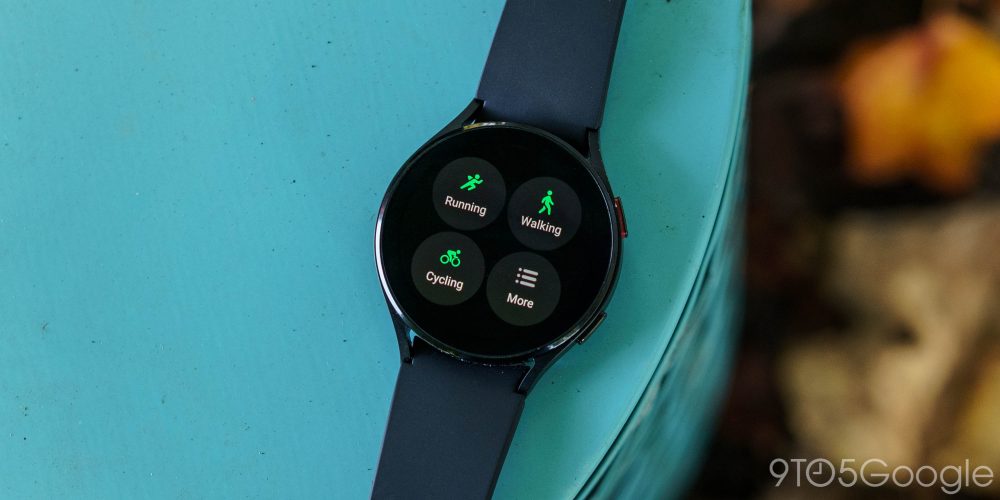
That’s where Samsung Health really steps in. Samsung’s service was built on Tizen and has now been ported over to Wear OS with virtually all of the same features, and some newly added ones. Samsung’s suite is a little messy in my opinion, but it gets the job done.
Samsung Health will reliably track steps, heart rate, sleep, workouts, and other core bits of data. The watch will even track your workouts automatically after 10 minutes of activity. I found that useful when doing some miscellaneous workouts, but unfortunately, it doesn’t work for my current main form of activity; cycling. While rides were tracked automatically on older Galaxy Watch models, they aren’t on this one.
Samsung also offers the ability to track your calorie intake, hydration, blood sugar, blood oxygen, stress, and even menstrual cycle. The watch and app can also track blood pressure and ECG, but only the latter is available in the United States and it further requires a Samsung phone with a separate app.
The Galaxy Watch 4 also debuts a new “Body Composition” feature that uses electrical signals to determine your body fat percentage and other bits of data. I can’t personally speak to the exact accuracy of this feature, but the data presented in my tests seemed roughly in line with what I expected (as much as I may dislike it). TheUnlockr took the Watch 4 to a clinic with a proper body composition machine to test the results side by side and they were very accurate in that example, only off by a percentage point or two. As with any smartwatch-based health data, this feature should only be used to observe trends, as it will never be as accurate as professional medical devices.
The results of all data I’ve gotten from the Galaxy Watch 4 have been rather good and in line with other devices I’ve used, but I’ve noticed a stark difference with my own attitude towards the data. On the Galaxy Watch 4 Samsung Health feels like only a place to store your data and keep track of workouts. The Fitbit app I’ve been using for the majority of the past year encourages its users to improve and work towards goals where Samsung’s just doesn’t, or at least not as effectively. I’ll be excited to see if Fitbit’s eventual Wear OS debut works on this hardware, because I feel that its organization just works better than Samsung’s for those who are looking to make progress rather than just gather data.
Battery Life
Samsung smartwatches have always had, generally speaking, pretty decent battery life. Wear OS watches, on the other hand, not so much.
A major point of Wear OS 3 is that Samsung has apparently helped Google to optimize the software to make battery life significantly better, but this first showing isn’t exactly proving it. Battery life in my experience over the past month with the Galaxy Watch 4 has been good enough, and that’s about it.
With the larger 44mm Galaxy Watch 4 and 46mm Galaxy Watch 4 Classic, I feel that battery life is enough for most folks. I found that the watch could be strapped on at 100% in the morning and easily get through a full day regardless of usage, but I hesitate to say it can reliably last two days on a charge under anything past moderate use. Workouts that use GPS especially take a toll on the battery.
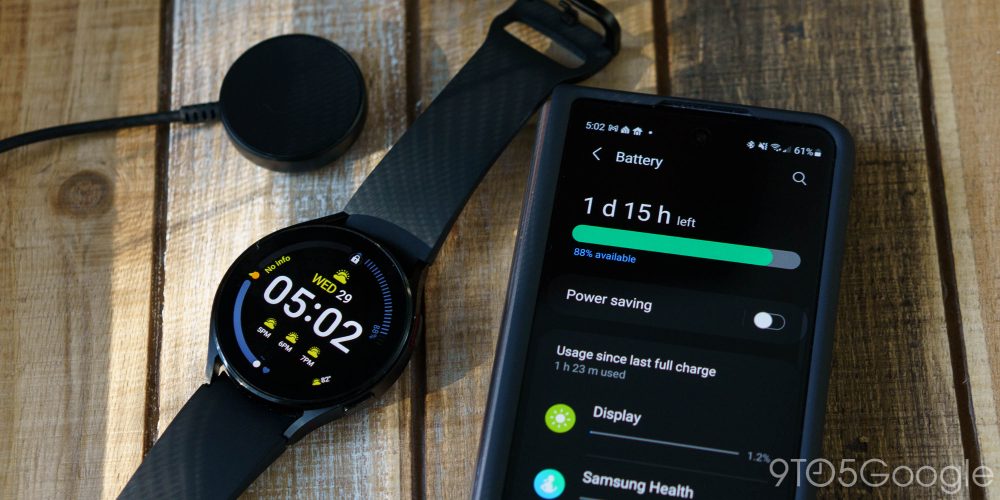
After a week or two, I found that the best way to avoid any battery anxiety with the larger Galaxy Watch 4 was to build charging time into my daily schedule. Every morning now when I take a shower and get ready for the day, my watch goes on the charger moments after I wake up. On average, the watch is around 40% when that process starts and it gets up to around 90% by the time I’m done, about 30-45 minutes in total. With this schedule in place, I rarely had to think about the battery life despite using the watch for cycling workouts, constant notifications, and more. Only on occasion would the watch drop lower in the evening, requiring that I drop it on the charger for 10-20 minutes before bed to ensure my sleep would be reliably tracked.
What does the always-on display do to the battery life? Well, certainly no favors. I was able to get around 40 hours of straight use, skipping my usual hour of charging in the morning. This result repeated itself over two charge cycles, with the AOD killing the battery by around 9 p.m. on the second day. Your results may vary.
The smaller models, though, are a different story. Over a week with the 40mm Watch 4 showed me that it just can’t keep up. The battery will last a day under most conditions, but there were at least two days where I was able to drain it enough to get a power-saving warning well before bedtime. And even with that power-saving, the watch still died overnight while tracking my sleep. Given the results I’ve seen on battery life with larger models, it’s safe to say you should not use the always-on display feature on the 40/42mm variants if you want to use this watch without any battery anxiety.
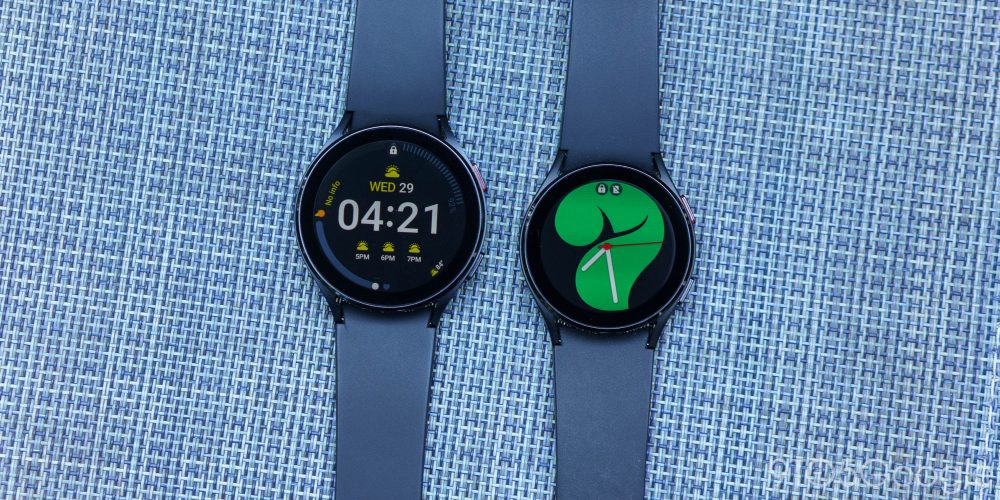
I think most people will be able to use this model just fine, but it will certainly require charging daily, perhaps even twice.
Much of my concern with battery life could be alleviated if the charging speed was faster. Samsung says it takes 110 minutes to fully charge the battery. That seems accurate based on my testing, but it’s just not fast enough. Samsung would be smart to switch the charging method to something using direct pins for faster speeds. I appreciate the company’s use of the Qi standard, but using anything beyond the first party charger is still going to barely work, it’s just not worth it.
Final Thoughts
The Galaxy Watch 4 isn’t best thought of as a Wear OS watch. It is, from the hardware to the software, a Samsung smartwatch. That’s not necessarily a bad thing. Samsung sells the most Android phones of anyone and Samsung customers will be served greatly by this watch. In fact, they’ll be served better than ever since this watch enables more choice in their experience and opens the door to many more apps. But that doesn’t change the fact that this is still a smartwatch tailor-made for Samsung Galaxy users, not the rest of the Android population.
Wear OS has allowed Samsung to make a better smartwatch, but Samsung hasn’t really returned the favor fully. Google still has some work to do to fully satisfy those who aren’t using Samsung phones.
I think it comes down to style, mainly. For me, that meant getting the 44mm Galaxy Watch 4.
The rotating bezel of the Galaxy Watch 4 Classic is a decidedly better experience, but the standard Galaxy Watch 4 has a cleaner look that I really enjoy. But again, it’s all subjective at this point. Under the hood, they’re the same smartwatch with no real deal-breakers. Just… maybe don’t get the small one if you value battery life.
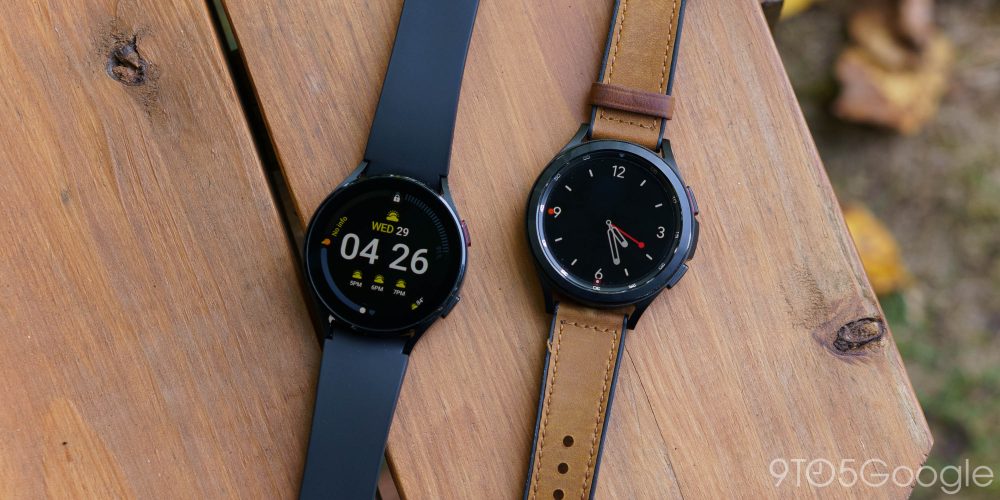
The Samsung Galaxy Watch 4 starts at $249 while the Galaxy Watch 4 Classic runs at least $329. You’ll pay an extra $30 for the bigger sizes of each, and all models are available from most major retailers in their Bluetooth capacity, and LTE models are available at major carriers as well.
- ()
- B&H Photo
Author: Ben Schoon
Source: 9TO5Google




